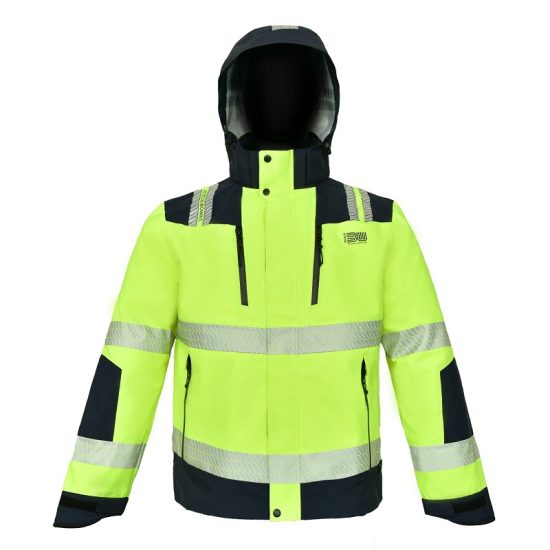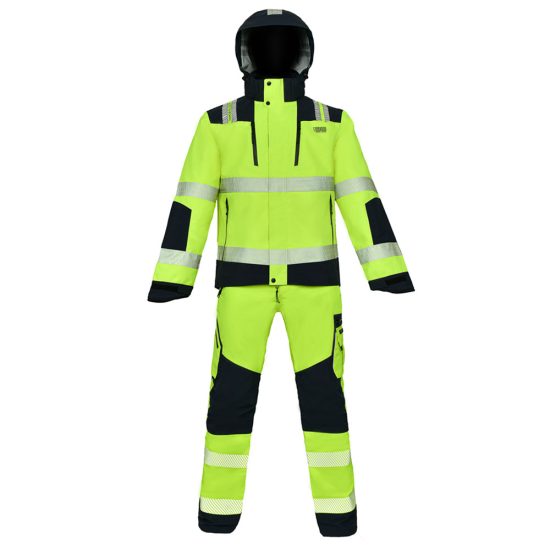Fire-resistant clothing, often referred to as FR clothing or flame-resistant clothing, can indeed be a lifesaver in certain workplace environments where employees are at risk of exposure to flames, heat, electric arcs, or other thermal hazards. Here are some key reasons why fire-resistant clothing is crucial for worker safety in such settings:
- Protection from Burns: FR clothing is designed to resist ignition, prevent flames from spreading, and self-extinguish when the ignition source is removed. This protection significantly reduces the risk of burn injuries in the event of a fire or exposure to high heat.
- Reduced Severity of Injuries: In the event of a fire-related incident, FR clothing can reduce the severity of burn injuries by providing a barrier between the skin and the heat source. This can make the difference between minor burns and life-threatening injuries.
- Prevention of Melting and Dripping: Standard clothing materials like cotton or synthetic fabrics can melt or drip when exposed to high temperatures, causing severe injuries. FR clothing is designed to resist melting and dripping, minimizing the risk of secondary injuries.
- Protection from Electric Arcs: In industries like electrical utilities, workers may be exposed to electric arcs, which can produce intense heat and thermal hazards. FR clothing can help protect against burns and injuries caused by electric arcs.
- Increased Escape Time: In the event of a workplace fire, FR clothing can provide workers with additional time to escape the danger zone safely, as it delays the onset of burns and ignition of clothing.
- Compliance with Regulations: Many industries and workplaces are subject to safety regulations and standards that require the use of FR clothing in specific hazardous environments. Compliance with these regulations is essential for both worker safety and legal compliance.
- Consistency and Reliability: FR clothing is manufactured to meet specific performance standards, ensuring consistent protection for workers. This reliability is essential in high-risk environments.
- Minimized Impact of Flash Fires: In industries like oil and gas, flash fires can occur suddenly and with great intensity. FR clothing helps mitigate the impact of these flash fires, reducing burn injuries and fatalities.
- Long-Term Cost Savings: While FR clothing may have a higher upfront cost compared to regular workwear, it can lead to long-term cost savings by reducing the number of injuries, medical expenses, and potential legal liabilities associated with workplace accidents.
- Enhanced Employee Confidence: Knowing that they are equipped with proper safety gear, including FR clothing, can boost employee confidence and morale, leading to a safer and more productive work environment.
It’s important to note that the selection of FR clothing should be based on a thorough hazard assessment of the workplace to ensure that the clothing meets the specific needs of the job and the potential risks involved. Additionally, proper care and maintenance of FR clothing are essential to maintain its effectiveness over time.
In summary, fire-resistant clothing is a critical component of workplace safety in industries where there is a risk of exposure to flames, heat, electric arcs, or thermal hazards. It helps protect workers from burns, reduces the severity of injuries, and ensures compliance with safety regulations, ultimately contributing to a safer and more secure work environment.


